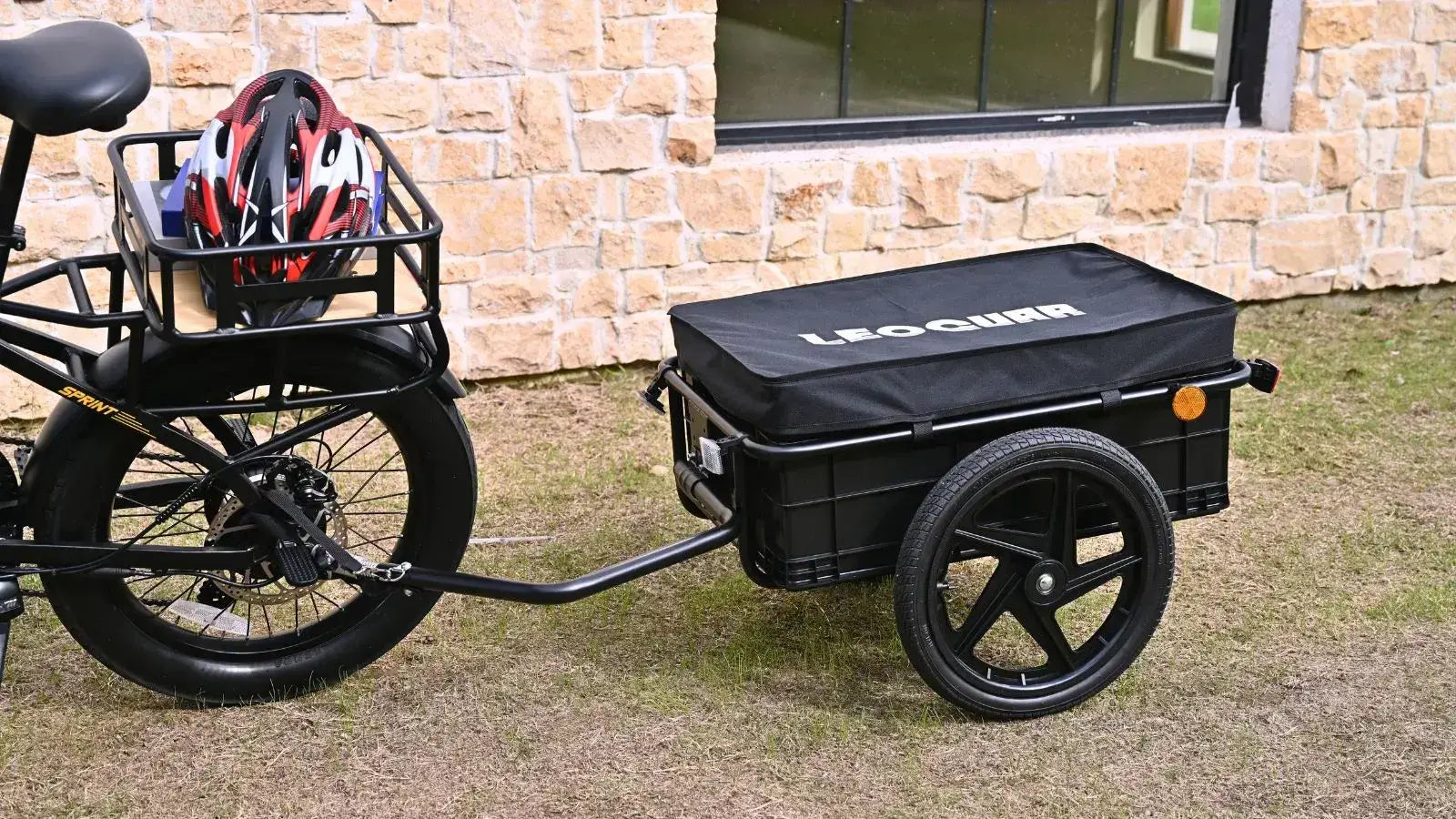
E Bikes Cargo Guide: Load, Safety & Best Cargo Ebike Tips
Beyond the Hype: Finding Your Reality
The idea of replacing car trips with a cargo e-bike is liberating. You picture easy school runs, smooth grocery trips, and a smaller carbon footprint. But when you start shopping, the excitement can quickly turn into confusion. The market is flooded with options, technical terms, and mixed reviews that can make your head spin. It's easy to feel lost.
We understand this challenge completely. That's why we've built this guide on a simple, effective framework that actually works. Instead of just listing popular models, we'll help you build a personal checklist based on the three pillars that truly matter for any cargo e-bike purchase: your specific load, non-negotiable safety standards, and your real-world use cases. By the end of this guide, you won't just know about different e bikes cargo; you'll have a clear method for identifying the one that fits perfectly into your life.
Three Core Questions
Before you even look at a single ebike model, we need to define your mission clearly. The perfect cargo e-bike isn't the one with the most features; it's the one that solves your specific problems without creating new ones. Answering these three questions honestly is the most critical step you'll take in this entire process.
What Are You Hauling?
The nature of your cargo dictates the frame style and capacity you need. Think beyond the average trip and consider your most demanding loads that will really test the bike's limits.
- Are you primarily carrying groceries and shopping bags in panniers or crates?
- Will you need to transport bulky or awkwardly shaped items from the hardware store or for sports?
- Is this for a small business, requiring you to move fragile inventory or delivery packages securely?
- What is the maximum weight you realistically expect to carry, not including yourself or other passengers?
Who Are You Hauling?
Carrying people, especially children, introduces a different set of requirements focused on safety and comfort. The number and age of your passengers will significantly narrow your options and change everything about your decision.
- Are you transporting one or two small children who require dedicated child seats?
- Will you be carrying an older child or even another adult on the rear rack?
- Is the family dog your primary co-pilot, needing a secure, enclosed space?
How Will You Be Riding?
Your daily environment is just as important as your load when choosing the right bike. A bike that excels on flat, wide bike lanes might be a nightmare on hilly, narrow streets where you actually live.
- Is your typical route flat urban terrain or filled with steep suburban hills?
- Are you planning short, daily commutes of a few miles or occasional long-haul adventures?
- Do you need to navigate tight apartment building hallways, elevators, or crowded bike racks? Where will you store the bike when you're not using it?
Decoding Cargo E-Bike Designs
With a clear picture of your needs, we can now match them to the three primary types of cargo e-bikes. Each design has a distinct personality and is optimized for different tasks that matter most to real riders. Understanding their core strengths and weaknesses is key to avoiding a frustrating purchase that sits in your garage.
| Bike Type | Best For | Pros | Cons |
|---|---|---|---|
| Long-tail | 1-2 kids, groceries, large boxes, panniers | Versatile; rides and handles much like a standard bicycle; large ecosystem of accessories. | Can be very long, making tight turns and storage a challenge; rear load can affect balance. |
| Front-Loader (Bakfiets) | Multiple kids, bulky/heavy cargo, pets, large grocery hauls | Immense carrying capacity; cargo is in front for easy monitoring; extremely stable when loaded. | Heavy and less nimble; has a large turning radius; can be intimidating for new riders. |
| Mid-tail | 1 child, daily errands, apartment living, mixed transport | More compact and agile than a long-tail; easier to store and transport; handles more like a city bike. | Lower total weight capacity; less room for multiple passengers or very large items. |
A long-tail e-bike is often the default choice for families who want something familiar. It feels familiar, with an extended rear rack that can be configured with child seats, cushions, or large baskets for maximum flexibility. It's the minivan of the e-bike world—practical and adaptable to almost any situation you throw at it.
A front-loader, often called a "bakfiets" (Dutch for "box bike"), puts the cargo in a large tub or platform between the handlebars and the front wheel. This design offers a massive payload capacity and incredible stability, making it a favorite for parents of multiple young children or for business deliveries that demand serious hauling power. The kids are right in front of you, making conversation and supervision easy throughout the entire ride.
Mid-tail bikes are a growing category, offering a compromise between a standard e-bike and a full-sized long-tail. They are more maneuverable and lighter, making them ideal for urbanites who need to carry a child to school and a bag of groceries home but also have to contend with elevators and limited storage space. Brands like Tern, a leader in the compact cargo bike category, have shown how capable and convenient these smaller-footprint designs can be for city living.
The Non-Negotiables: Safety Deep Dive
When you're hauling 50 pounds of groceries or your own children, safety isn't an optional upgrade—it's the foundation of the entire system. The physics of a heavy, fast-moving e-bike demand components that are a significant step up from a standard bicycle, and this is where smart buyers invest their money. This is where we advise you not to compromise under any circumstances. Investing in core safety features is an investment in your peace of mind and aligns with all established safe cycling practices.
Braking Power
On a cargo e-bike, your brakes are responsible for stopping not just you, but you plus up to 200 pounds of additional weight. This is why hydraulic disc brakes are the undisputed gold standard that every serious cargo bike should have. Unlike mechanical brakes, which rely on a steel cable, hydraulic systems use fluid to transfer force from the lever to the caliper with incredible efficiency. This results in significantly more stopping power with less hand effort, more consistent performance in wet weather, and less frequent maintenance that saves you time and money. When you're managing a 400lb load down a steep hill, you'll be thankful for that effortless, reliable power that could save your life. As expert e-bike reviews often highlight, this single component is one of the most critical safety differentiators.
Frame and Fork
A purpose-built cargo e-bike frame is engineered for stiffness that can handle serious loads. This isn't about ride comfort; it's about preventing dangerous frame flex under load that can cause crashes. A flimsy frame can wobble or "noodle" when you corner or hit a bump, creating a terrifyingly unstable feeling and compromising your control when you need it most. Look for oversized tubing, reinforced gussets, and forks designed specifically for the stresses of heavy loads that regular bikes never face. A stiff, solid frame translates your steering inputs directly and predictably, keeping you in command of every situation.
Center of Gravity
You'll notice many of the most popular cargo e-bikes use smaller wheels, typically 20" or 24" instead of the standard 26" or 700c. This is a deliberate design choice for safety and stability that makes a huge difference in how the bike feels. Smaller wheels lower the entire bike's center of gravity, including the cargo and passenger decks, which changes everything about the riding experience. This makes the bike feel much more planted and stable, especially at low speeds where most accidents happen. It also makes it significantly easier to mount and dismount, a crucial benefit when you're trying to hold the bike steady while a child climbs on or off.
Essential Features
Some components that might be considered accessories on other bikes are integral safety systems on a cargo hauler. These features can mean the difference between a safe ride and a dangerous situation that puts you and your cargo at risk.
- Integrated Lights: These are powered by the main battery, meaning you never have to worry about them running out of charge. Being seen is paramount when you're carrying precious cargo.
- Sturdy Fenders: They keep road spray off of you, your cargo, and your passengers, improving comfort and visibility in wet conditions.
- A Dual-Leg Kickstand: This is a non-negotiable feature that every cargo bike must have. A standard side kickstand is dangerously unstable for loading cargo or children and can lead to the bike tipping over. A center-mounted, dual-leg (or "motorcycle-style") kickstand creates a wide, stable base, allowing you to load and unload with both hands free and without fear of the bike tipping over.
The Power Plant: Motors and Batteries
The "e" in e-bike is what makes hauling heavy loads feel easy instead of exhausting. But not all motors and batteries are created equal, and choosing wrong can ruin your entire experience. Choosing the right power system for your specific terrain and load is crucial for avoiding the frustration of an underpowered bike or constant range anxiety that limits where you can go.
The Motor
You'll primarily encounter two types of motors: hub-drive and mid-drive systems. Hub-drive motors are located in the center of the front or rear wheel and are simpler systems. They are often found on more budget-friendly bikes and are excellent for flat-to-rolling terrain where you don't need maximum climbing power. A powerful rear hub motor, with a common power rating of 500W to 750W in the US market, provides a strong "push" feeling that's great for getting a heavy load moving from a standstill.
Mid-drive motors are located at the bike's cranks, in the center of the frame. This system applies power directly to the drivetrain, which feels more like a natural extension of your own pedaling rather than being pushed along. Their key advantage is the ability to leverage the bike's gears, making them vastly superior for climbing steep hills with a heavy load that would leave hub motors struggling. They also help balance the bike's weight centrally, which improves handling and stability.
The "Gas Tank"
A battery's capacity is the single most important factor determining your range and freedom. This capacity is measured in Watt-hours (Wh), which tells you exactly how much energy the battery can store. Think of it as the size of your gas tank—the bigger the number, the farther you can go on a single charge without worrying about running out of power. You'll see capacities ranging from around 400Wh on lighter mid-tails to over 1000Wh on dual-battery systems designed for long-range hauling that can go all day.
As a rough guide, a 500Wh battery might give you 25-50 miles of range under ideal conditions. However, this can vary dramatically based on real-world factors that manufacturers don't always mention. Your actual range depends on the assist level you use, your total weight (rider + cargo), the hilliness of your terrain, and even wind resistance. As comprehensive gear tests show, real-world range is almost always less than the manufacturer's optimistic claims that assume perfect conditions. Always choose a battery that comfortably exceeds your longest typical ride by at least 25% to account for battery degradation over time.
A Week in the Life
Owning a cargo e-bike is more than just a spec sheet; it's a lifestyle shift that changes how you move through the world. Here's what a typical week can look like once you've integrated one into your routine and discovered the freedom it provides.
-
Monday Morning: The school run becomes a joy instead of a chore. Instead of being stuck in a line of cars, you cruise down the bike lane with a smile on your face. The kids are in the back, pointing out dogs and enjoying the fresh air that they miss in a car. You pull right up to the school gate, unload, and are on your way to work in minutes without the usual stress. The win is skipping the traffic and parking stress entirely, starting your day on a positive note.
-
Wednesday Afternoon: The big grocery haul that used to require a car. You unfold your largest panniers and easily fit a week's worth of food, including the bulky items like paper towels and a case of sparkling water that usually don't fit in bike bags. The electric assist makes the 60-pound load feel like nothing, even on the slight incline heading home that used to leave you exhausted. The challenge is remembering exactly where you packed the eggs among all your efficiently organized cargo.
-
Friday Evening: Spontaneous trip to the park that wouldn't happen with a car. The sun is out, so you decide on a last-minute picnic without any planning stress. You load up a blanket, snacks, and a ball in just minutes, ready for adventure. Parking at the popular park is impossible for cars, but you find a spot at the bike rack right by the playground without circling for 20 minutes. It's a level of freedom and spontaneity a car can't offer, especially in busy urban areas.
-
Saturday: The hardware store run that proves this bike can do real work. You need two bags of mulch and a new rake for weekend yard work. It's an awkward load, but with a couple of bungee cords, it secures easily to the rear rack without any drama. You avoid the chaotic weekend parking lot and feel a sense of accomplishment, having completed a true "work" task without starting a car engine or burning any gas.
It's not always perfect, and you'll learn some new habits along the way. You learn to plan around the weather and check forecasts more carefully. You discover which routes have the smoothest pavement and become an expert on your local bike infrastructure. You develop a new spatial awareness for maneuvering a longer, heavier bike through tight spots that you never had to think about before. But the trade-offs are overwhelmingly positive, replacing moments of frustration with moments of quiet joy and efficiency that make every day better.

Making the Final Decision
You've defined your needs, decoded the designs, prioritized safety, and understood the power systems that matter. You are now equipped to look at the market with a critical, informed eye that cuts through marketing hype. Your choice is no longer about finding the "best" cargo e-bike, but about finding the best cargo ebike for your specific life and needs.
Remember the framework that will guide your decision:
- Load: Match the frame and capacity to what and who you are carrying most often.
- Safety: Insist on hydraulic brakes, a stiff frame, and a dual-leg kickstand without compromise.
- Use Case: Choose a motor, battery, and overall size that fits your daily terrain and storage reality.
There is one final, essential step: the test ride that seals the deal. No amount of research can replace the feeling of actually riding the bike with your intended load. Load it up if you can to simulate real conditions. See how it feels to start, stop, and turn with actual weight on board that mimics your daily use. Find a local dealer and try a few different models to compare how they feel. This is where your research meets reality, and it's the moment you'll know you've found the right one that will serve you for years to come.
Frequently Asked Questions
Q: How much should I expect to spend on a quality cargo e-bike?
A: Quality cargo e-bikes typically range from $2,000 to $6,000, with most reliable models falling between $3,000-$4,500. While this seems expensive upfront, consider that a good cargo e-bike can replace many car trips and last for years with proper maintenance. Budget models under $2,000 often compromise on safety features like hydraulic brakes or frame quality, which isn't worth the savings when hauling cargo or children.
Q: What's the real-world range I can expect from a cargo e-bike?
A: Real-world range typically falls between 20-40 miles on a single charge, depending on battery size, terrain, load weight, and assist level used. A 500Wh battery will generally provide 25-35 miles of mixed riding, while larger 750Wh+ batteries can extend this to 40-60 miles. Always plan for less range than advertised, especially when carrying heavy loads or riding in hilly areas.
Q: Can I use a cargo e-bike in winter or bad weather?
A: Yes, but with proper preparation and safety considerations. Quality cargo e-bikes with fenders, integrated lights, and weather protection for passengers can handle light rain and snow. However, avoid riding in heavy storms, icy conditions, or when visibility is severely compromised. Many riders use weather covers for child passengers and waterproof bags for cargo during wet conditions.
Q: How do I transport a cargo e-bike if I need to take it somewhere by car?
A: Transporting cargo e-bikes requires special consideration due to their size and weight. Most standard bike racks cannot handle cargo e-bikes safely. Options include platform-style hitch racks rated for heavy bikes (60+ lbs), professional bike transport services, or renting a truck or van with enough space to fit the bike inside. Always remove the battery before transport to reduce weight and prevent damage.
Q: What maintenance does a cargo e-bike require compared to a regular bike?
A: Cargo e-bikes require more frequent maintenance due to their heavier use and additional components. Expect to service brakes more often due to the extra stopping demands, check tire pressure weekly since they carry heavier loads, and have the motor and electrical system inspected annually. Chain and drivetrain components also wear faster under heavy loads. Budget $200-400 annually for professional maintenance, though basic upkeep like cleaning and lubrication can be done at home.



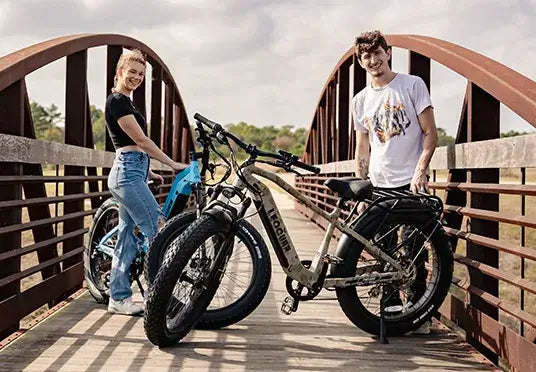
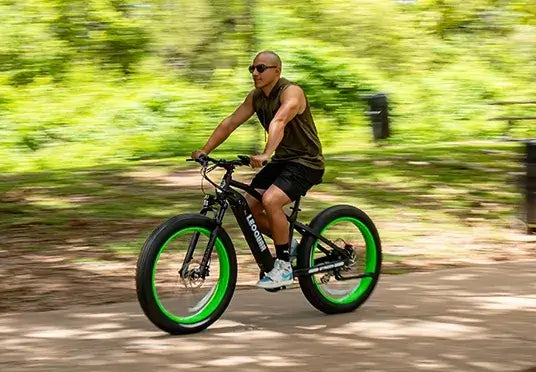
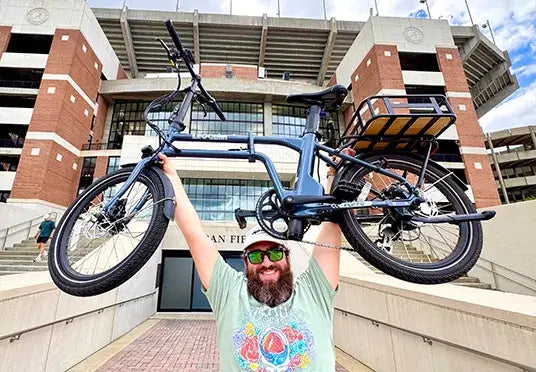
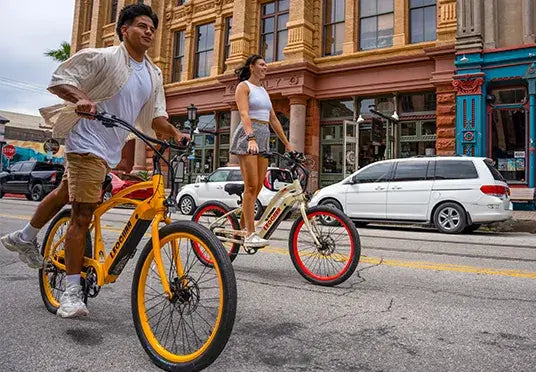
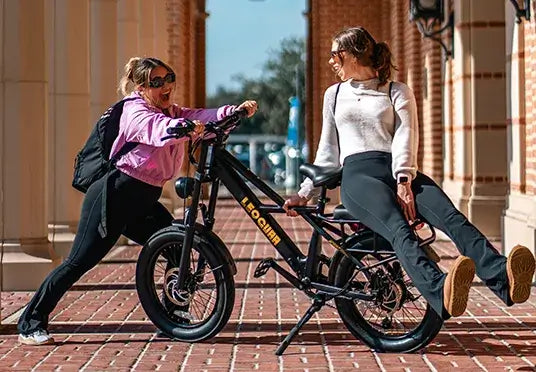
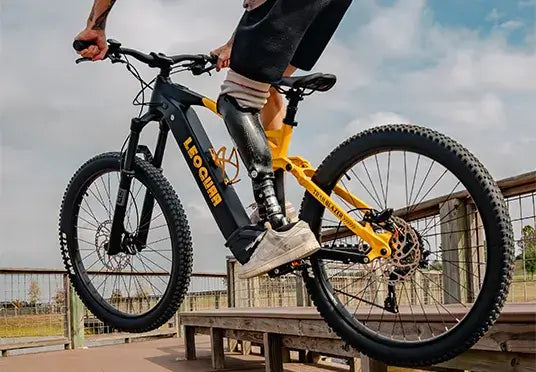
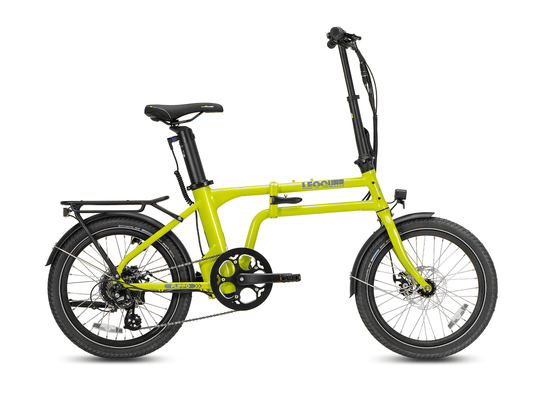
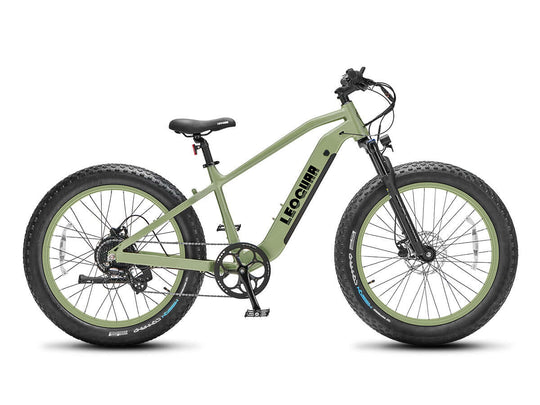
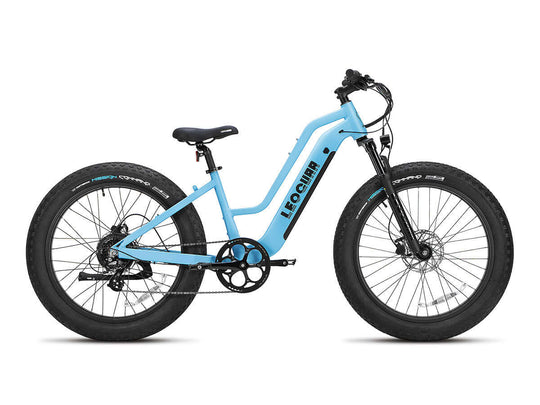
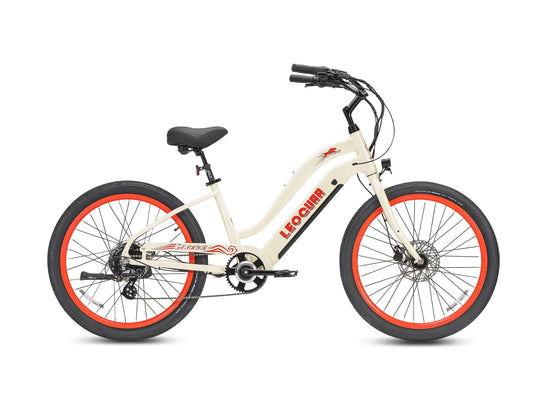
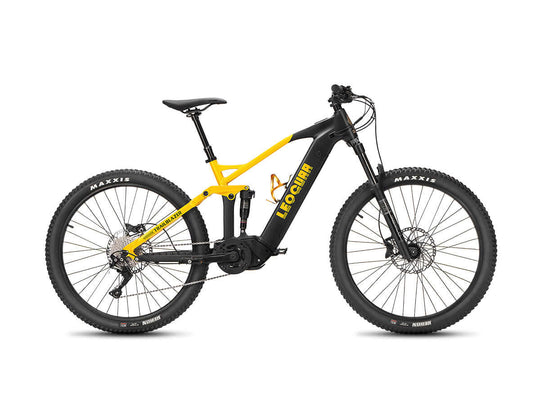
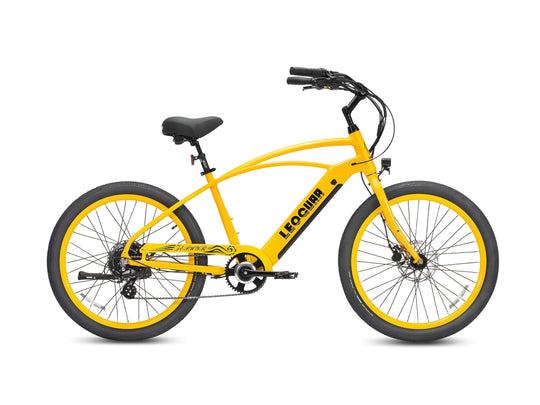
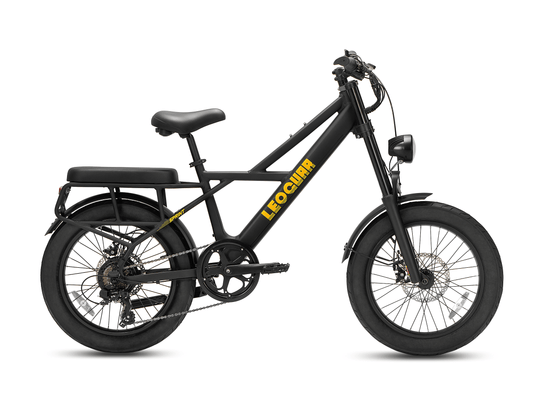

















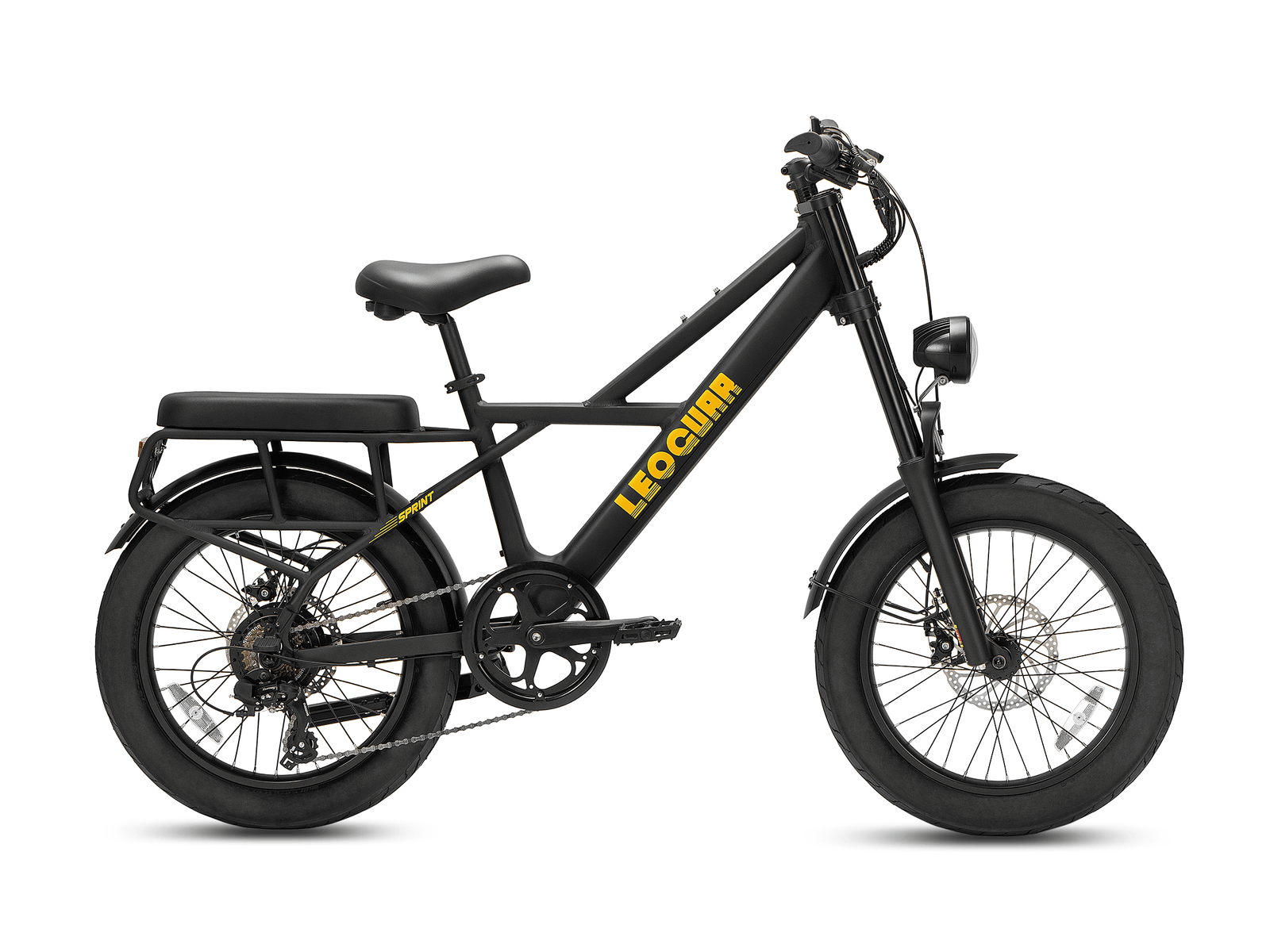








Leave a comment